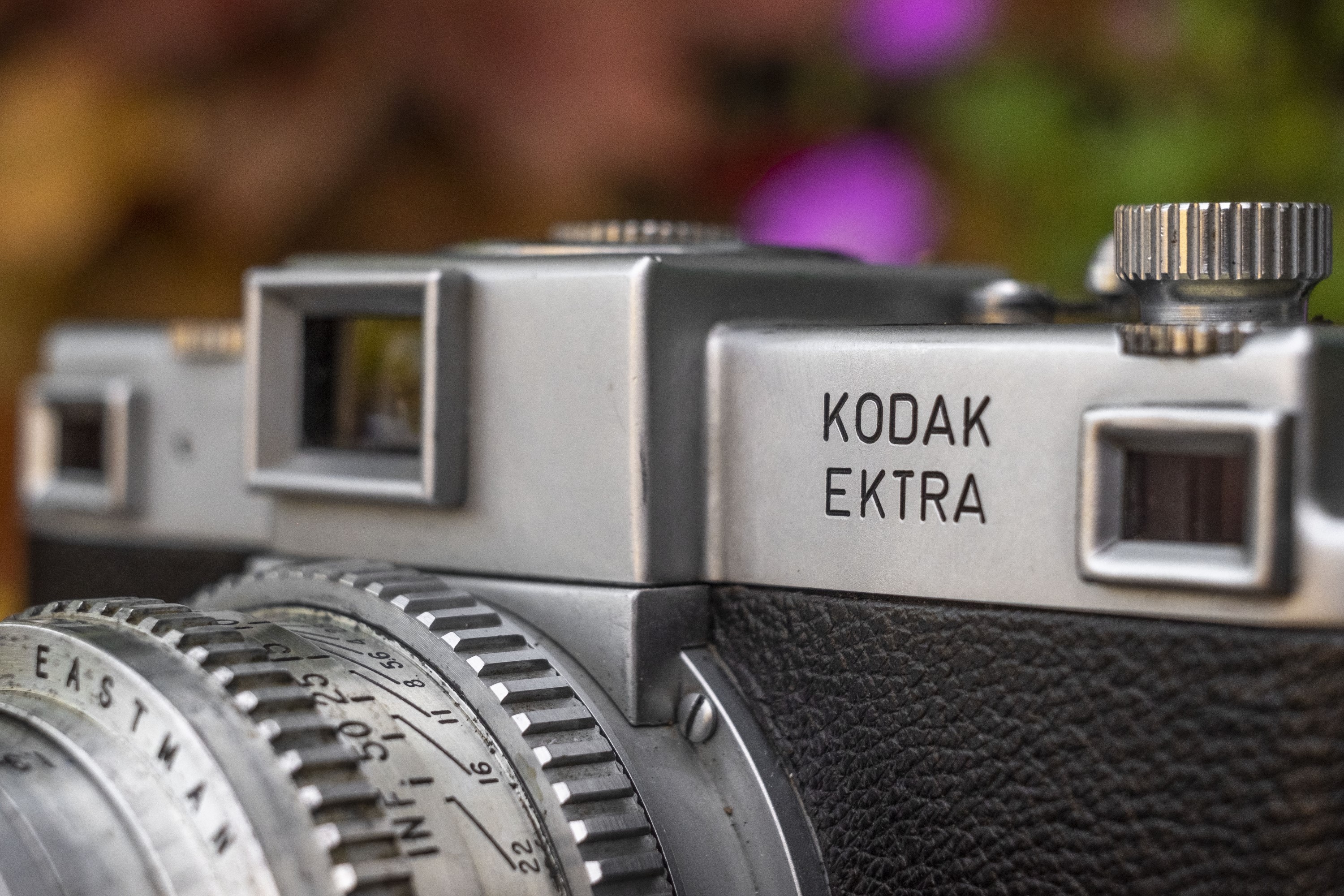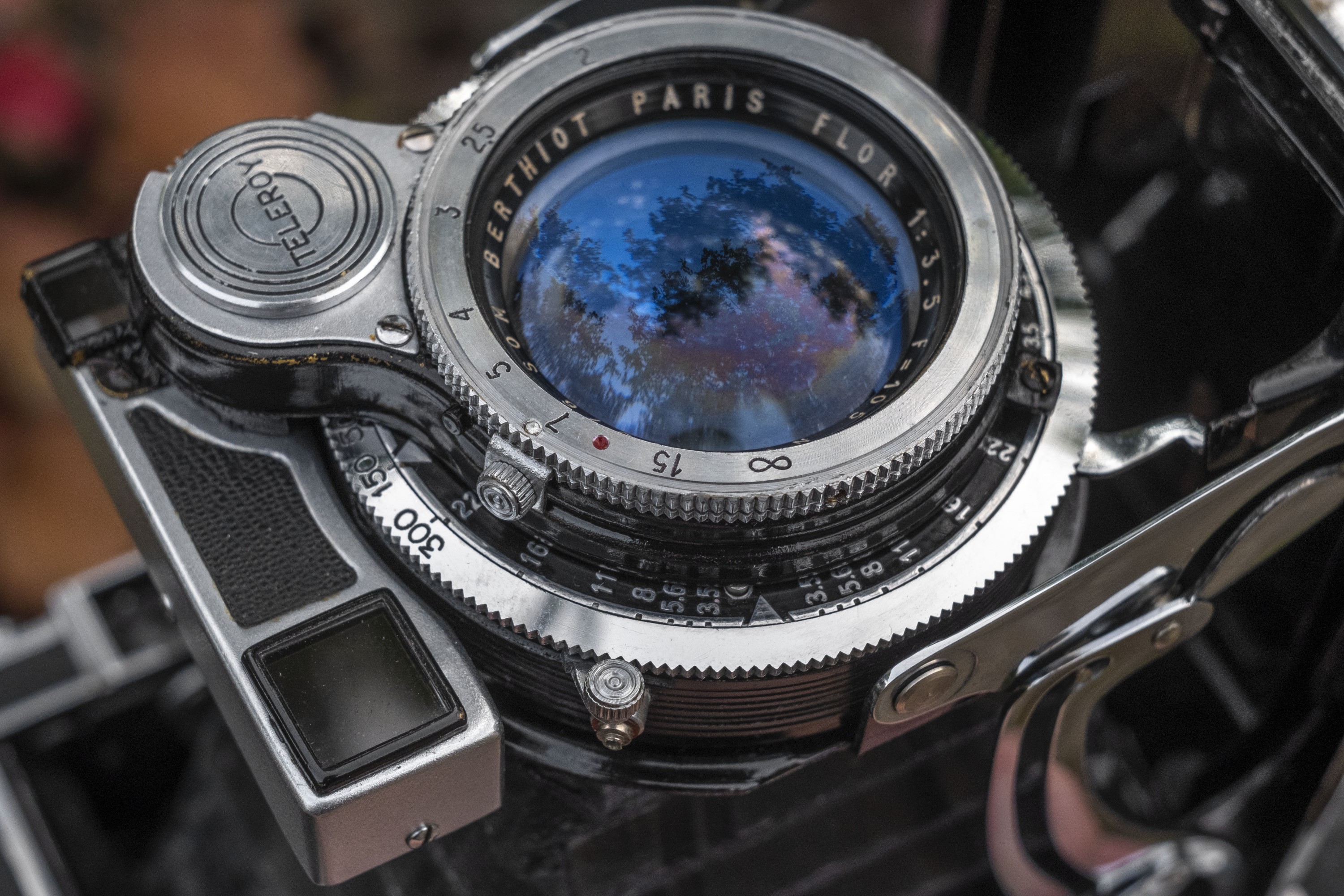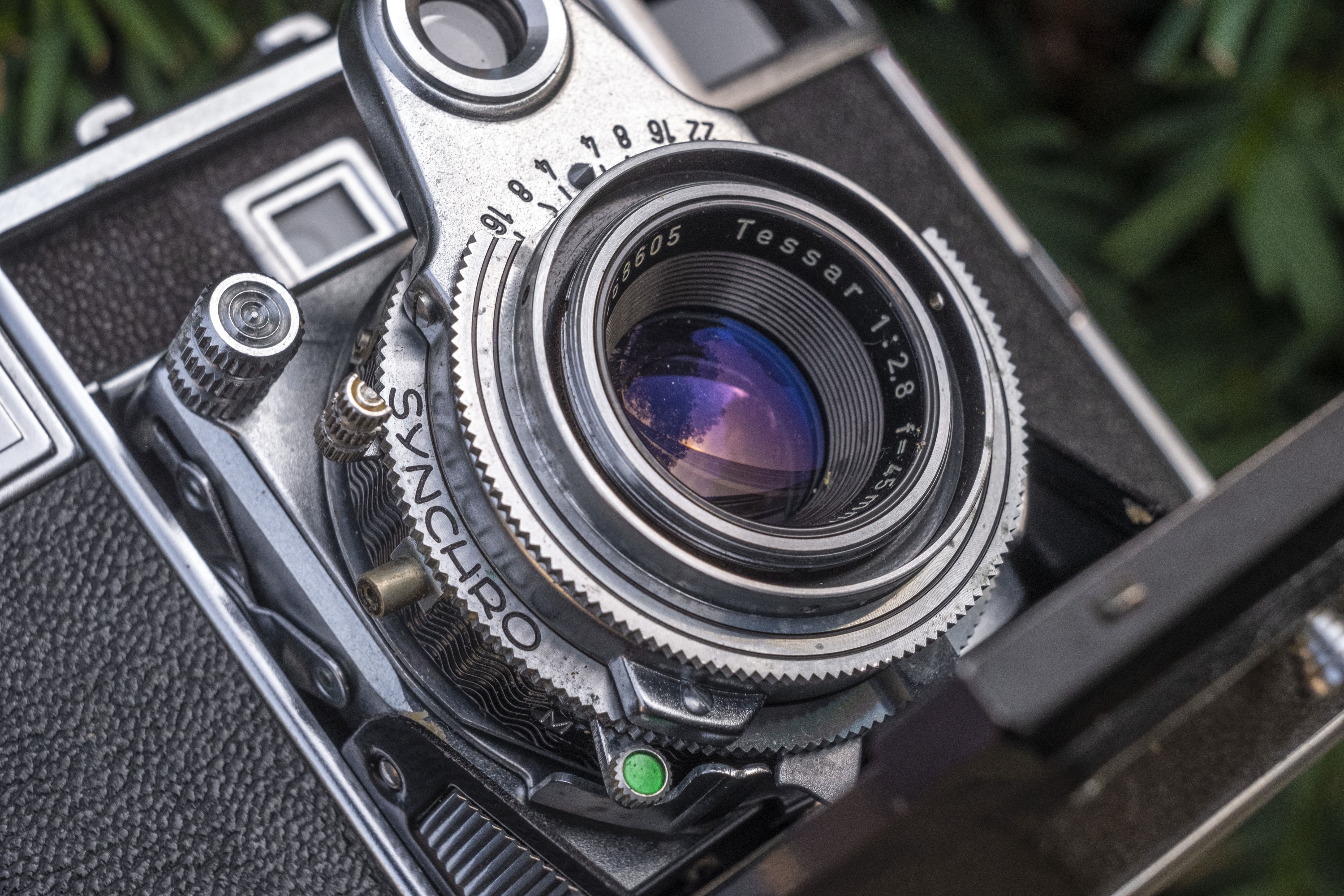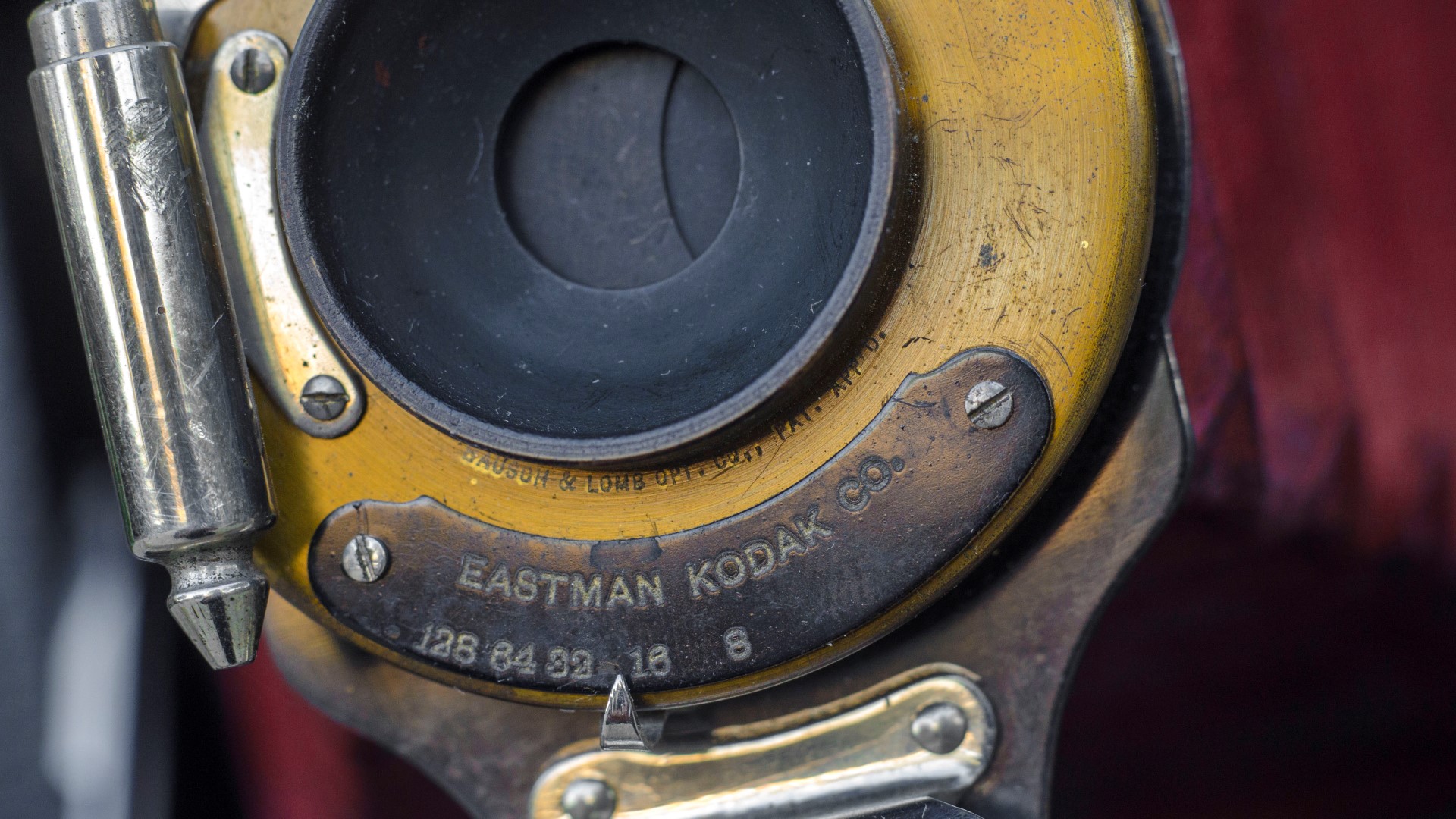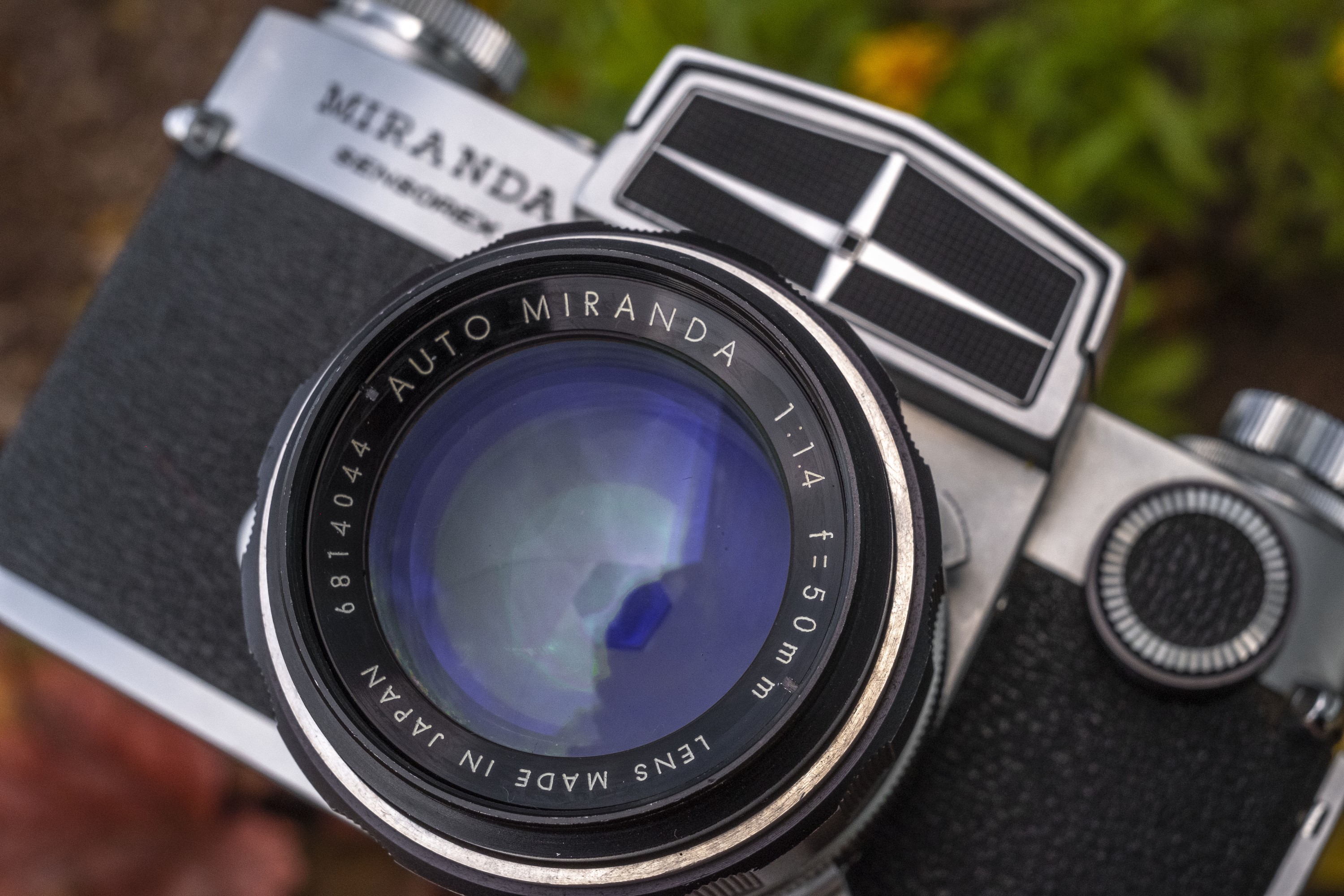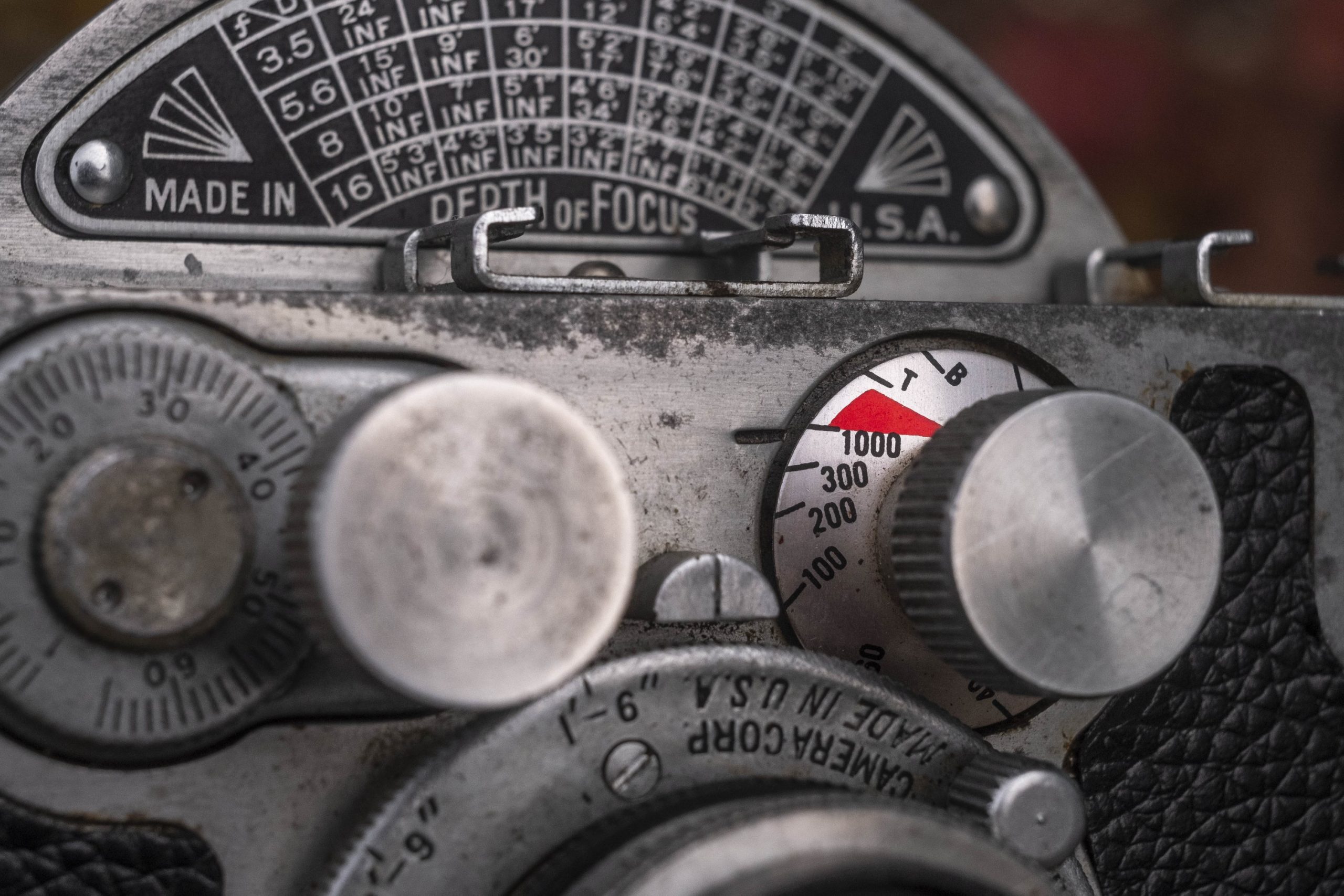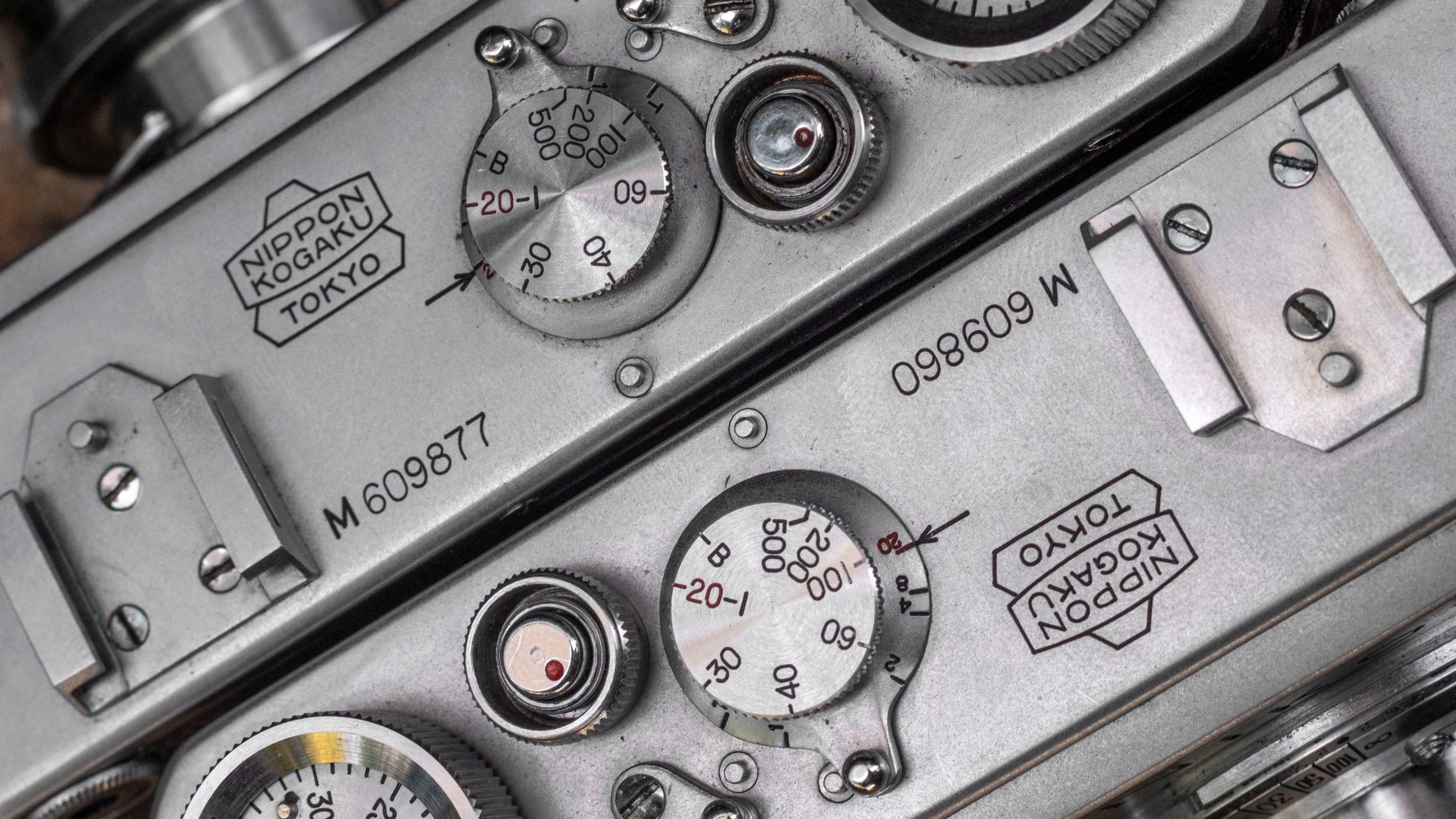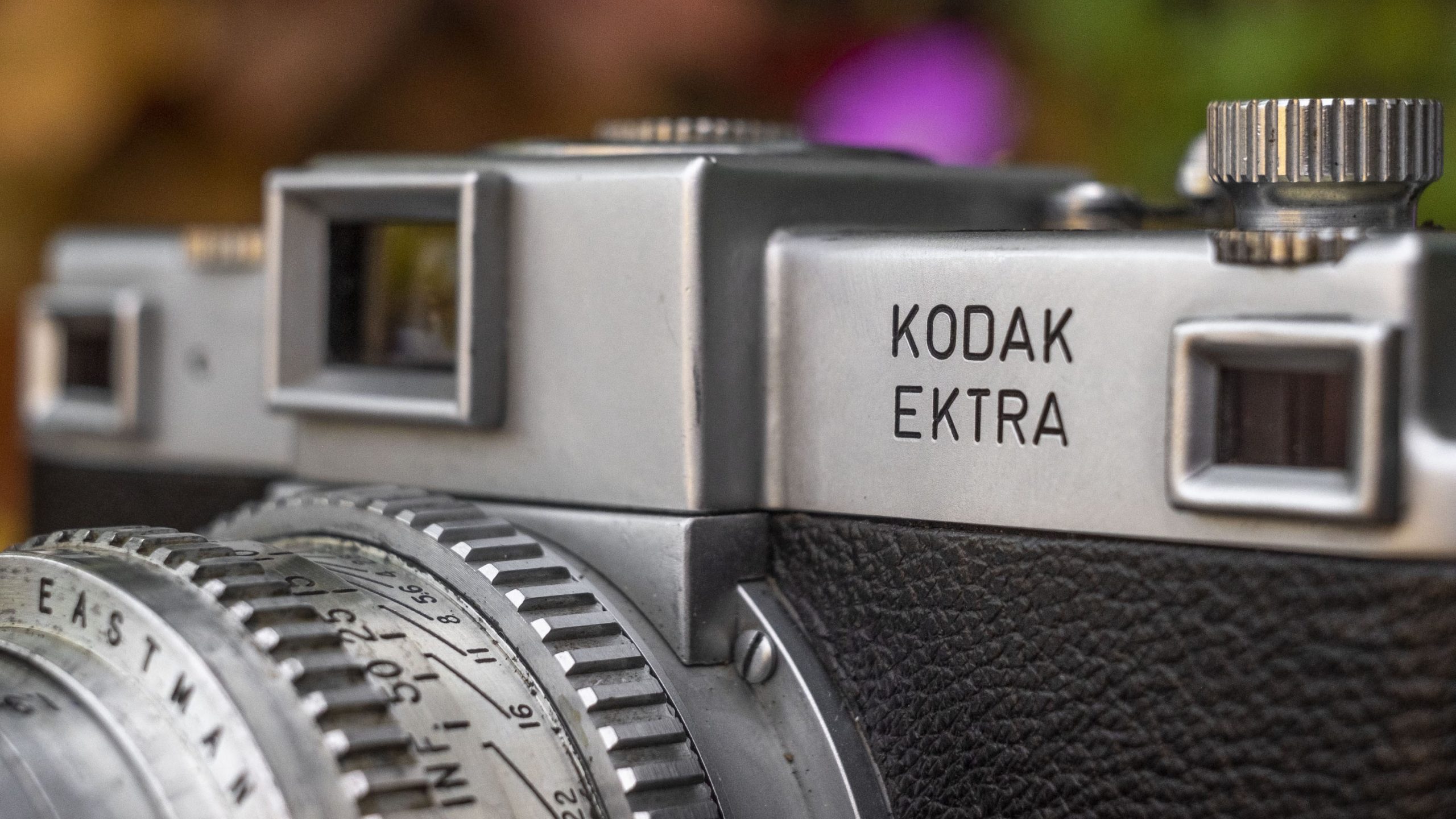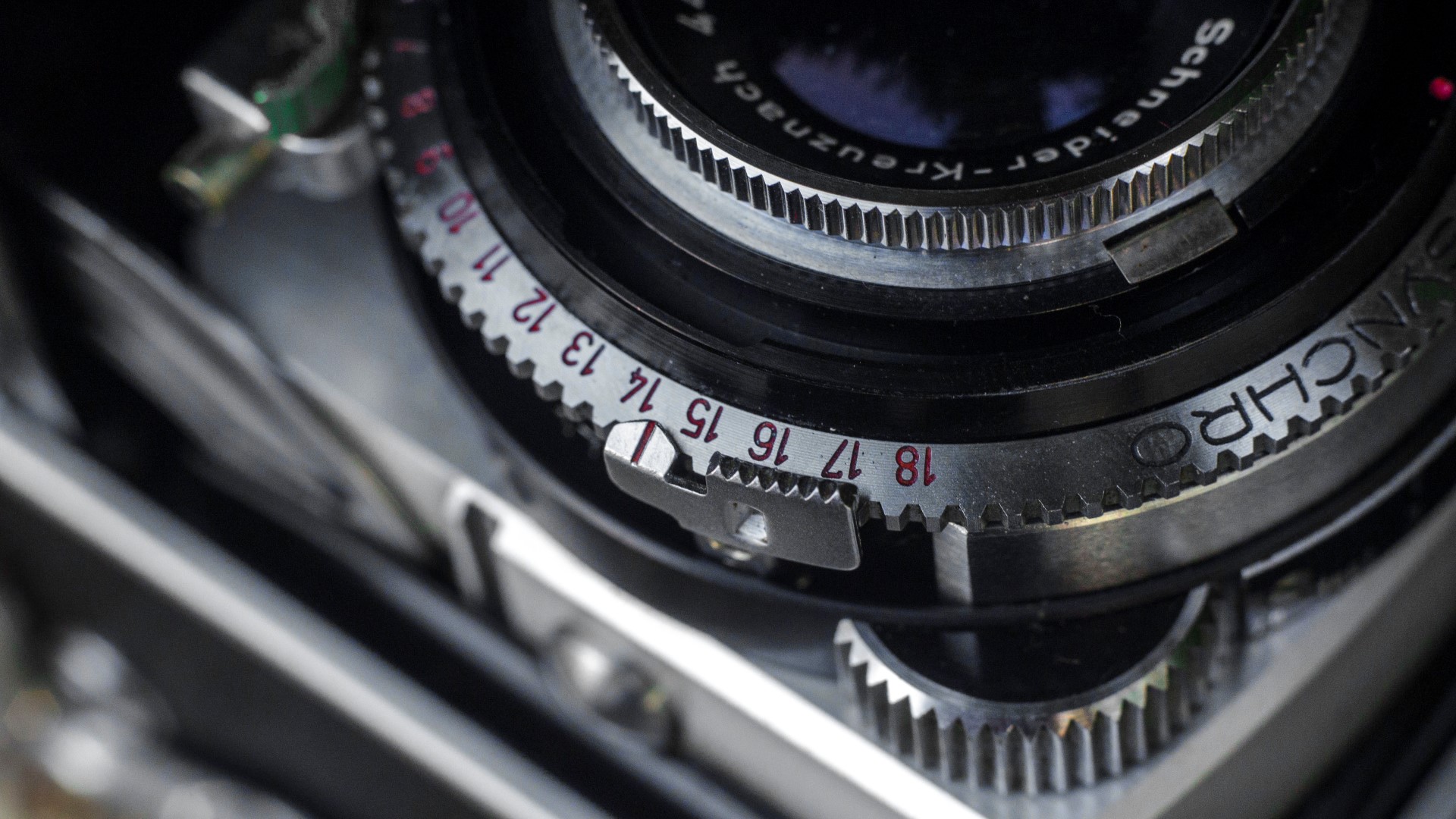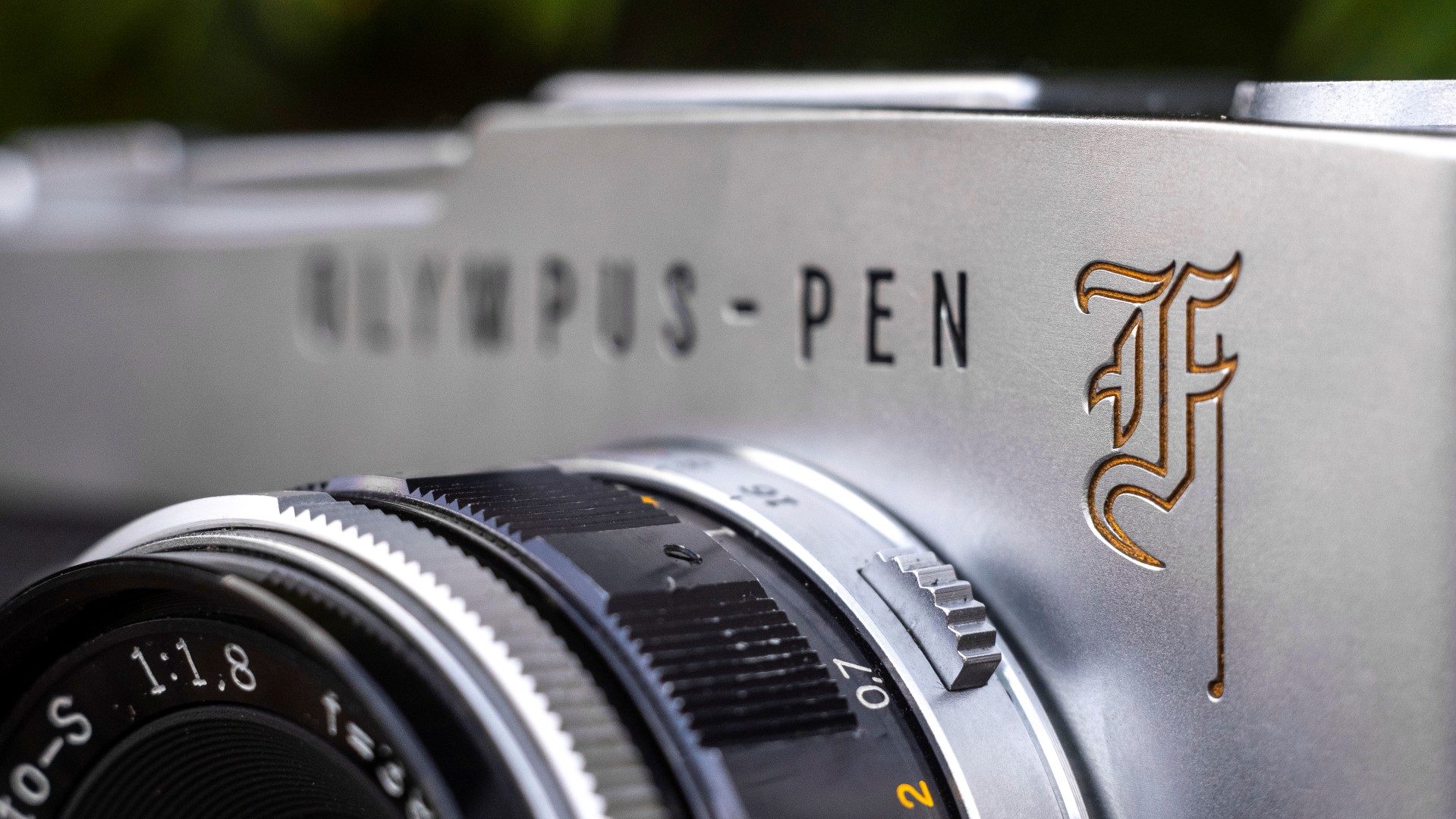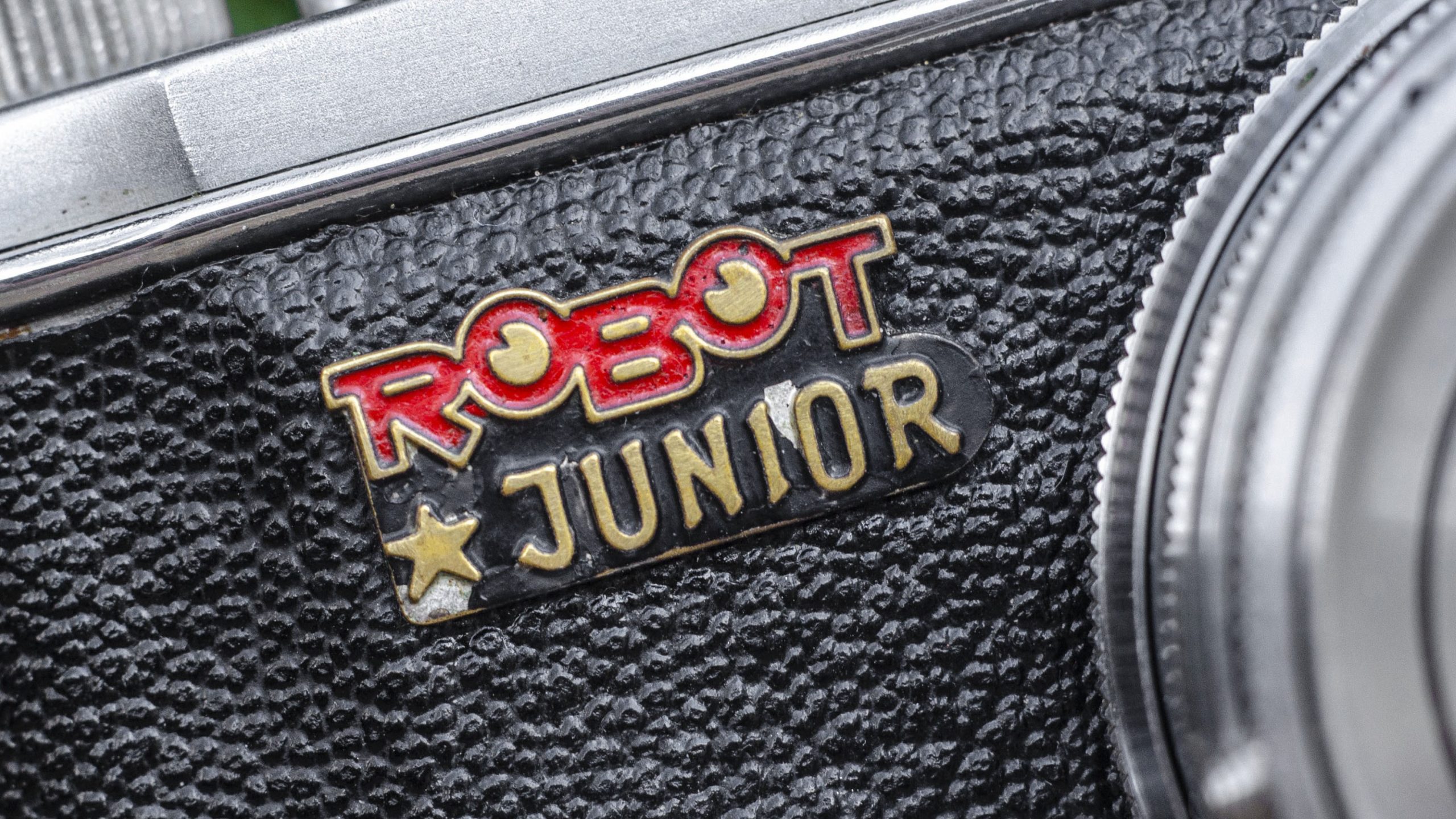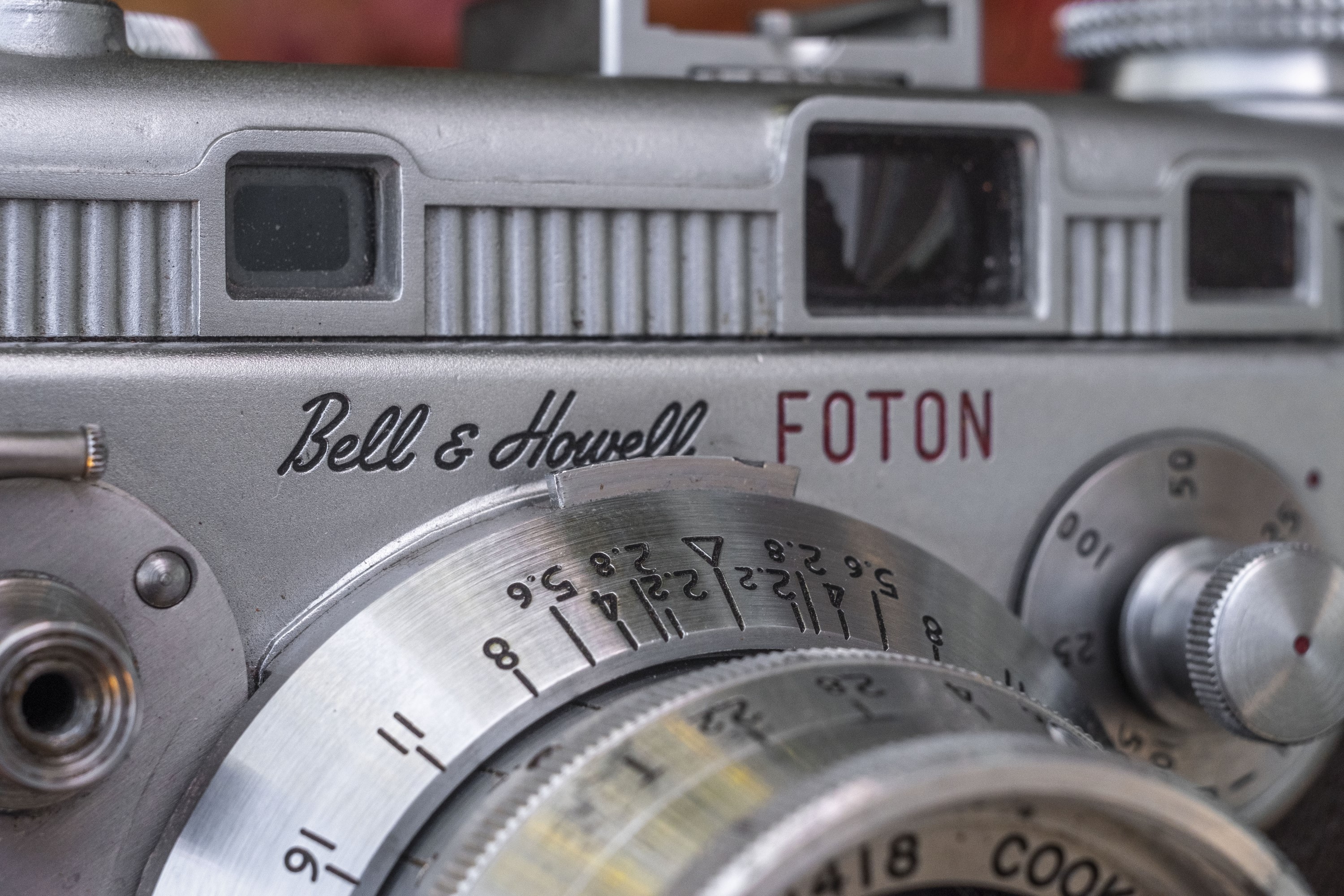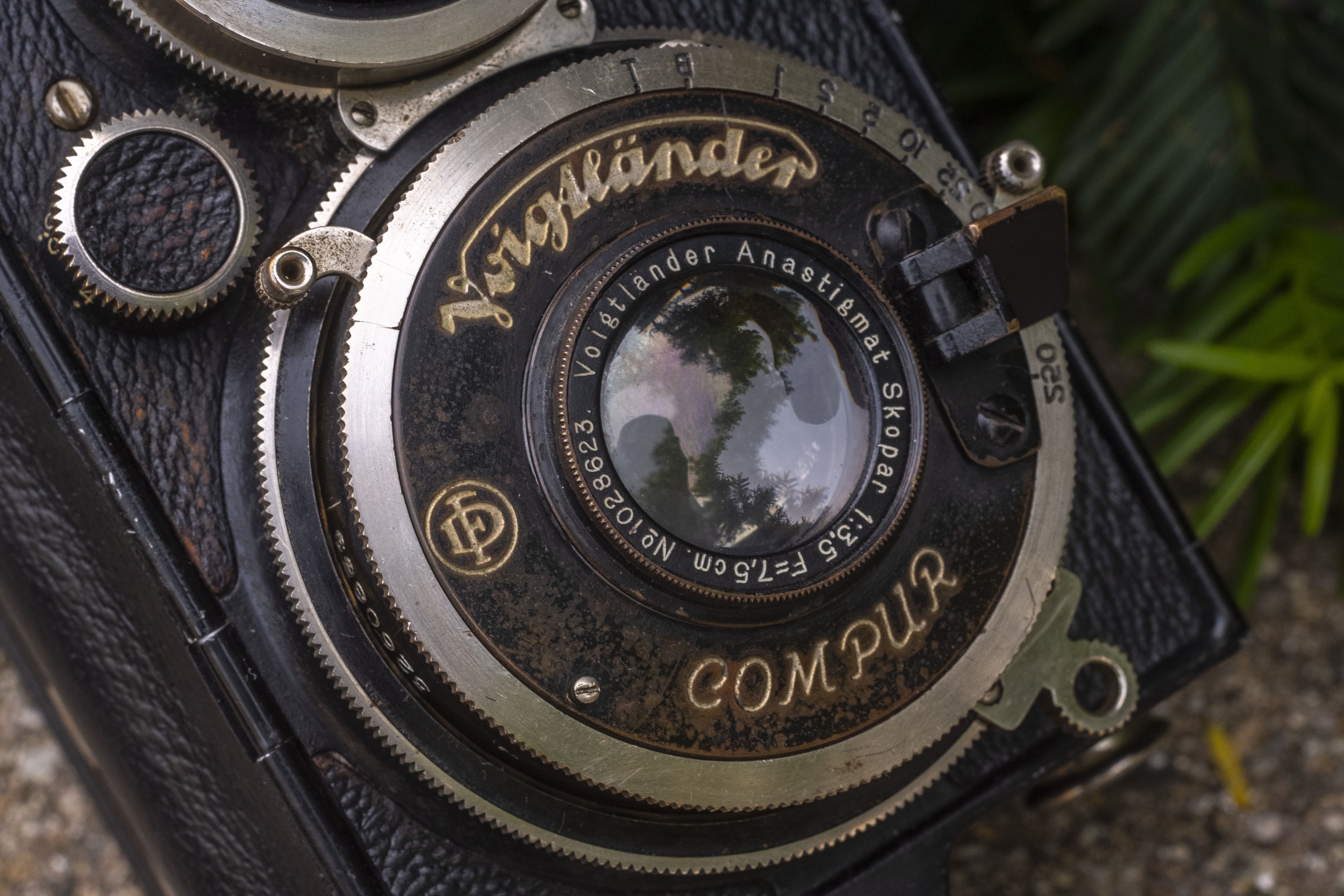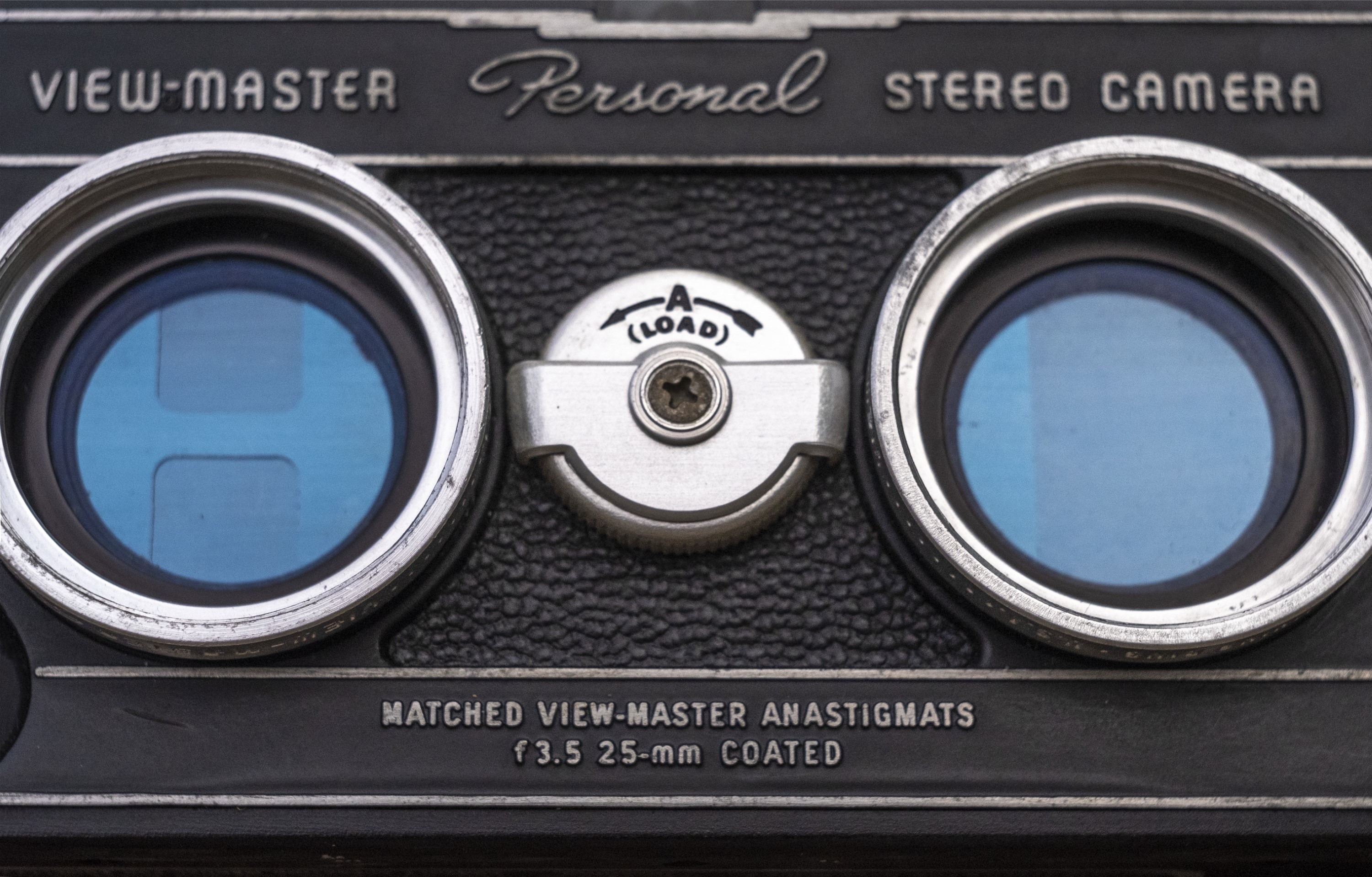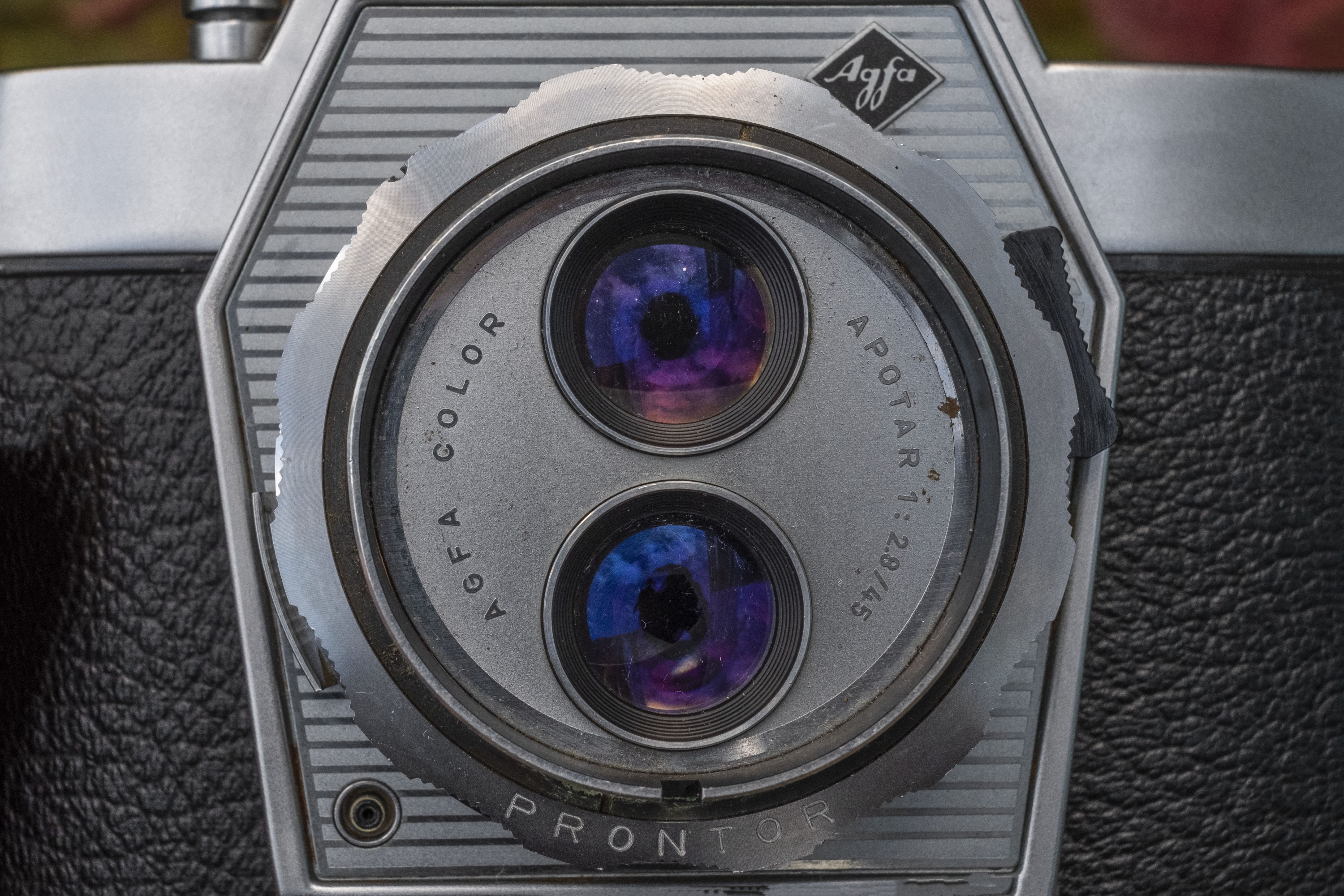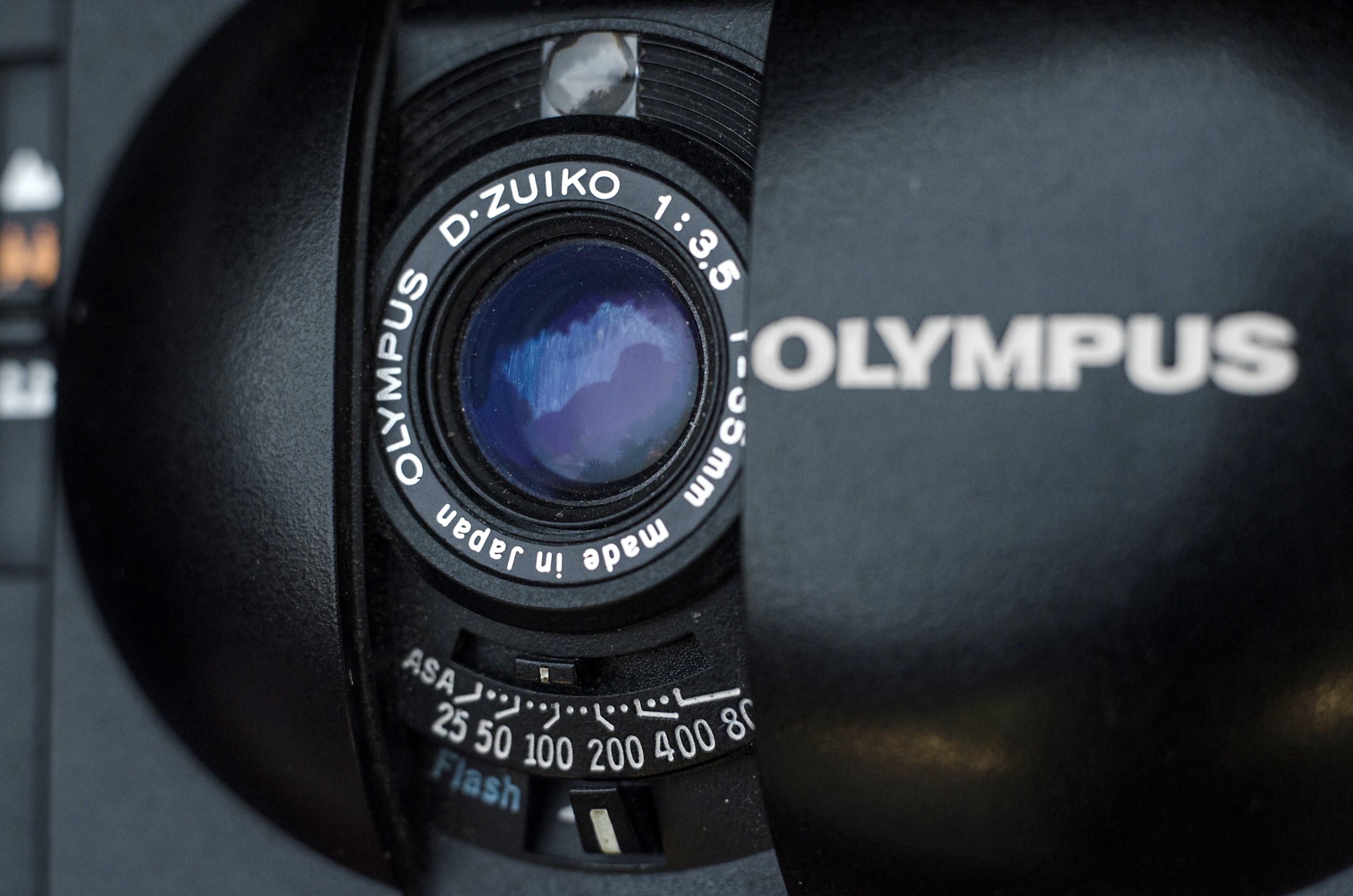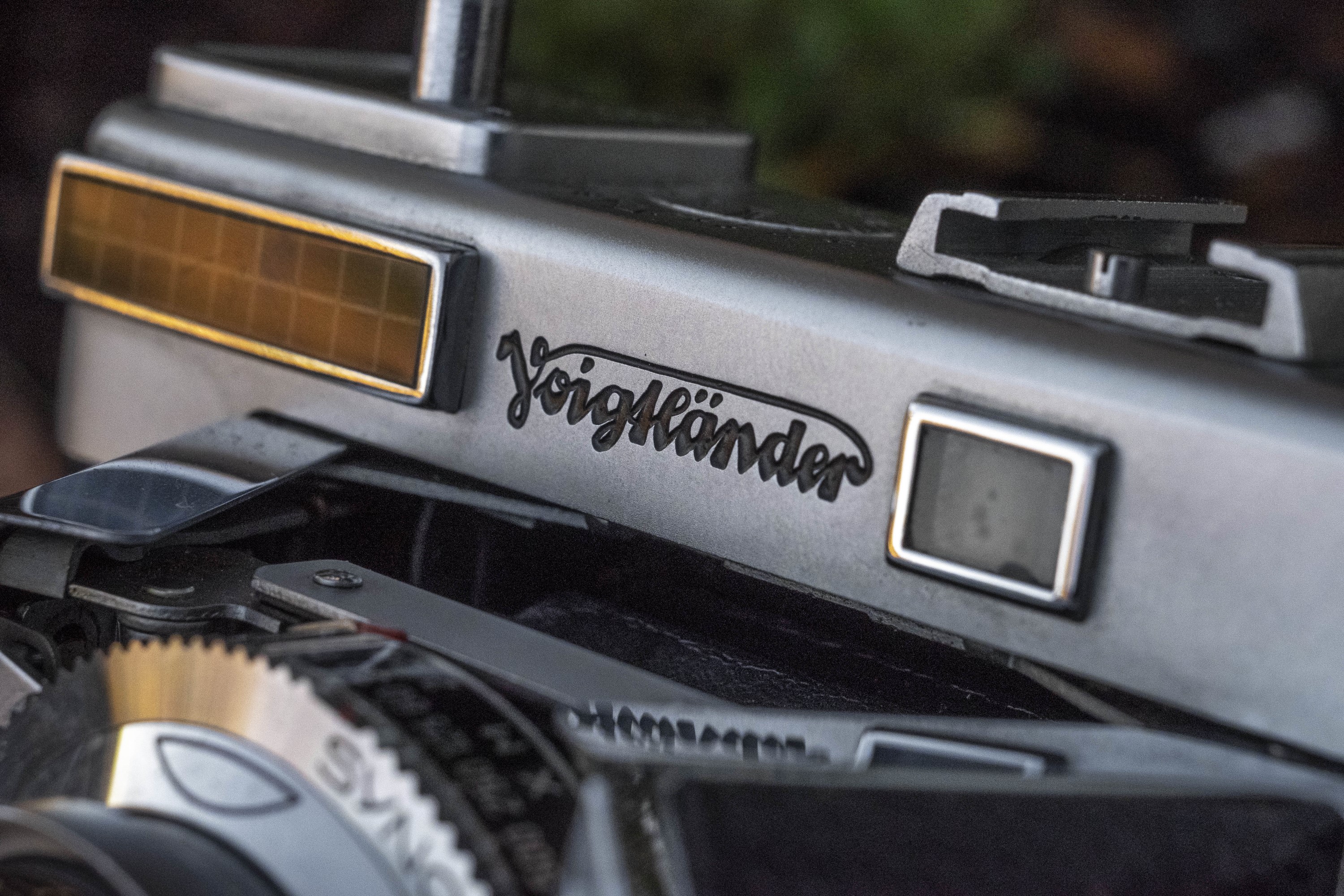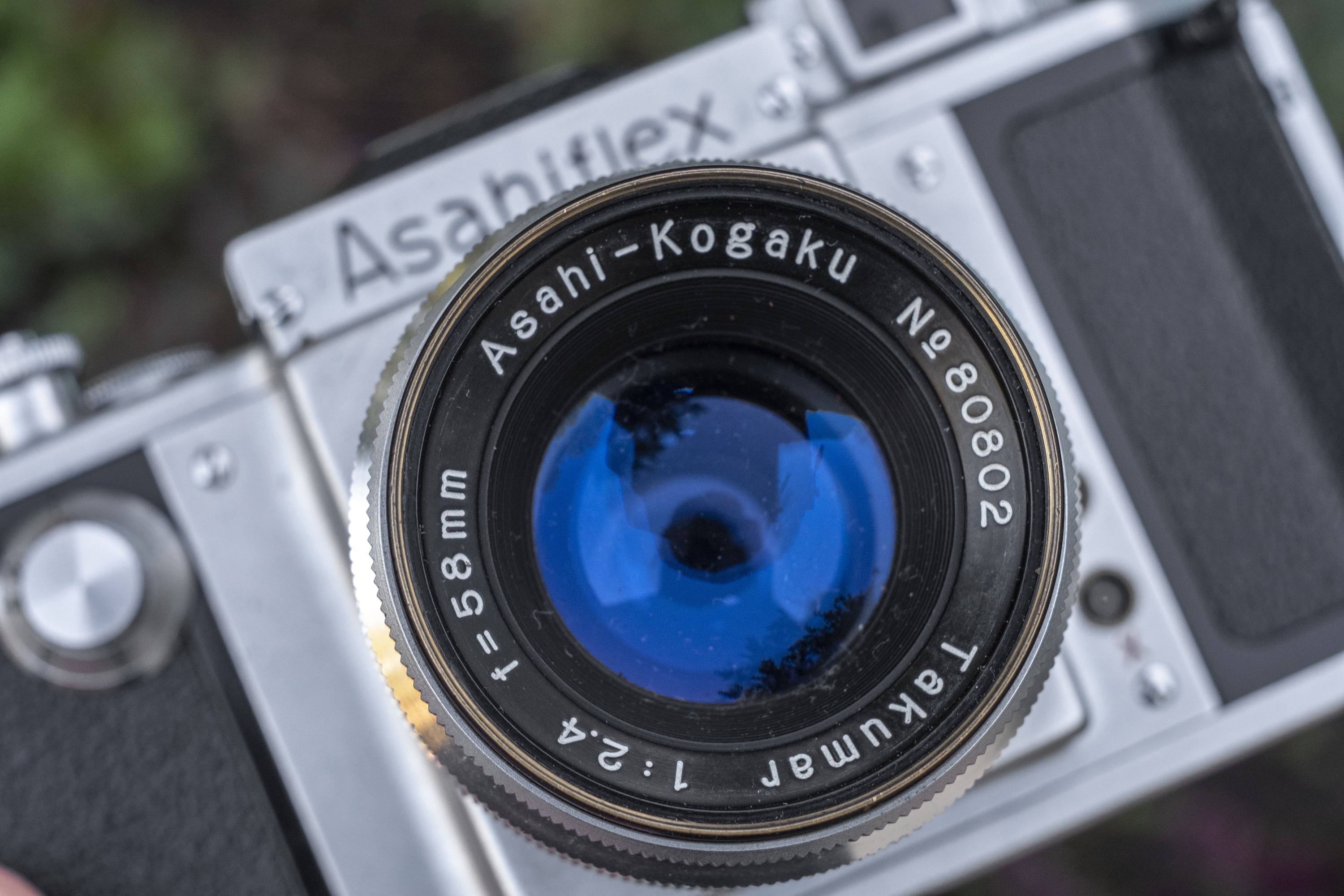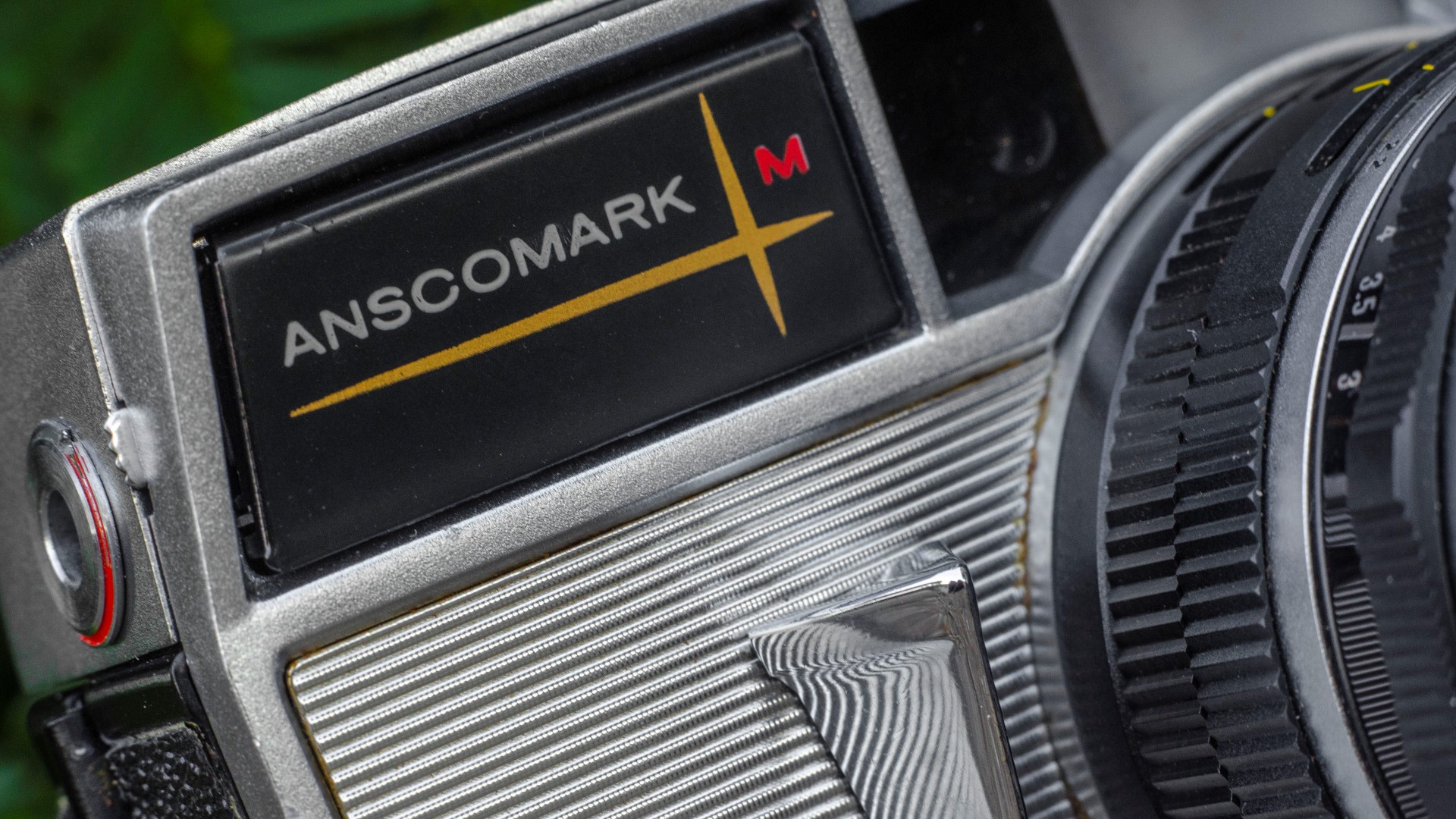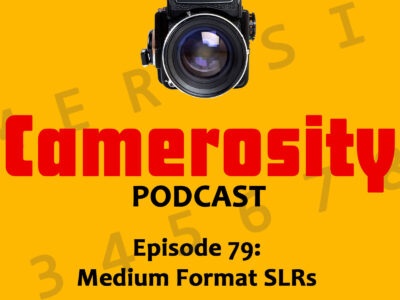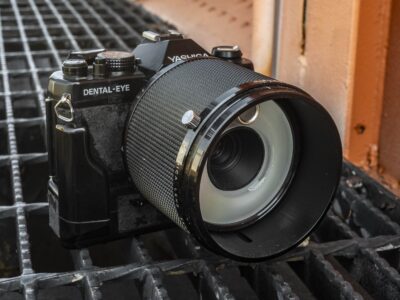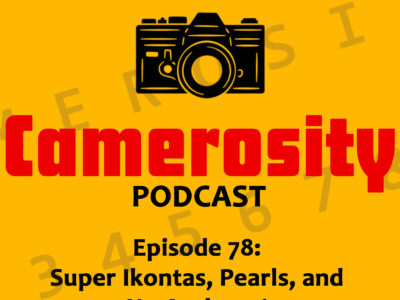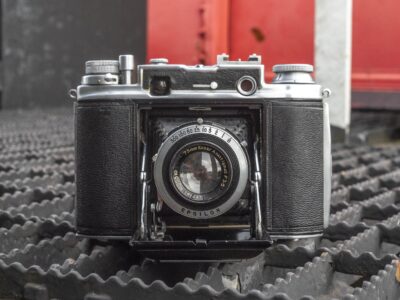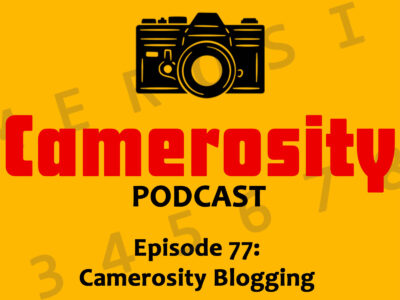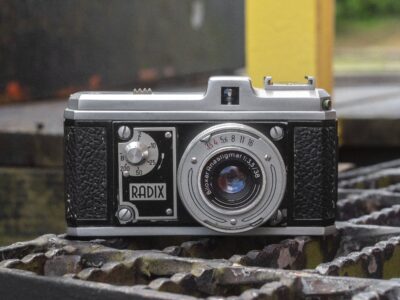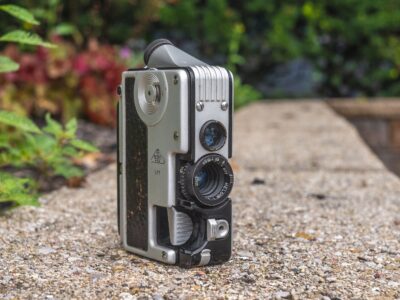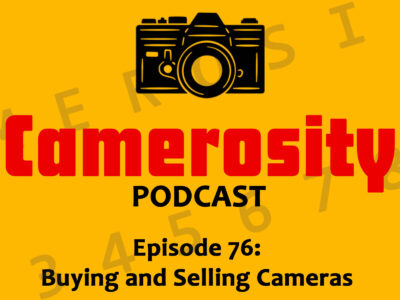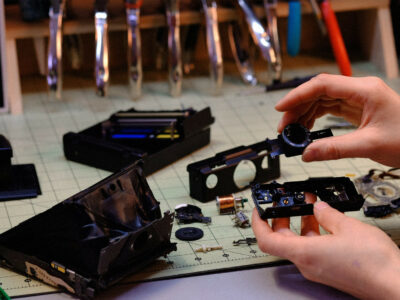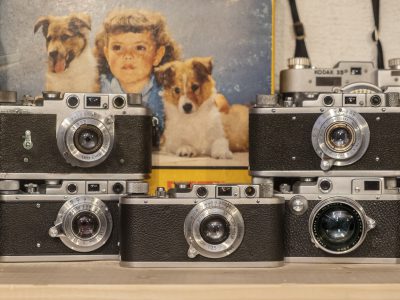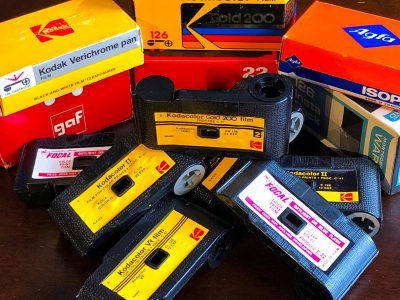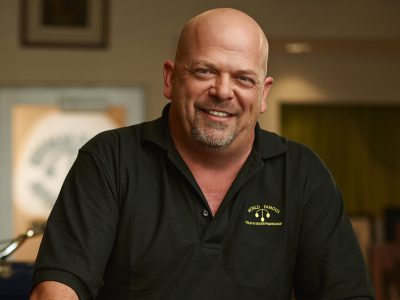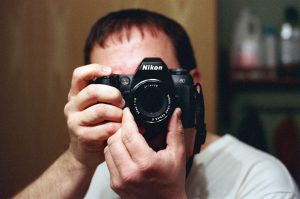 Welcome to my site. My name is Mike Eckman and I’ve been running this site for a few years without any predefined direction for what kind of content would be here. In late 2014, I had a “re-discovery” of film cameras which took off into directions I never could have imagined. I grew a collection of film cameras made in nearly every decade of the 20th century and started reviewing them.
Welcome to my site. My name is Mike Eckman and I’ve been running this site for a few years without any predefined direction for what kind of content would be here. In late 2014, I had a “re-discovery” of film cameras which took off into directions I never could have imagined. I grew a collection of film cameras made in nearly every decade of the 20th century and started reviewing them.
This entire site is maintained entirely by me and hosted by Bluehost. Every review and article was written by me using mostly cameras from my personal collection. A small number of reviews were written about cameras that were loaned to me by other collectors. I often source my factual information from other sites on the Internet and I do my best to provide credit wherever I can.
If you have any questions, comments, corrections, or criticism of anything on this site, I’d love to hear from you!

